Five Bar Aluminum Sheet / Treadplate (Embossed, Stucco Sheet)
- Loading Port:
- Shanghai
- Payment Terms:
- TT OR LC
- Min Order Qty:
- 2.5
- Supply Capability:
- 5000 m.t./month
OKorder Service Pledge
OKorder Financial Service
You Might Also Like
Aluminum Tread Plate
l Production Introduction
| Alloy | 1050,1060,1100,3003,3004,5052 |
| Temper | O H12 H14 H16 H18 H22 H24 H26 H32 |
| Thickness | 0.2mm-3.0mm |
| Width | 500mm-1500mm |
| Length | As your requirement |
| MOQ | 2.5MT |
| Delivery time | 15-25 days after receiving the deposit. |
| Payment | T/T 30% deposit,T/T 70% against copy of BL OR 100% LC at sight |
| Application | furniture, the refrigerator, air conditioning, car and platform, screen skeleton, all kinds of suspension beam, the table a foot, adornment, handle, trough and cover, chair pipe |
l Packaging & Delivery
Packaging detail: First, plastic cloth; Second, Pearl Wool; Third, wooden cases with dry agent, without fumigation, wooden pallets
Delivery detail: Within 25days
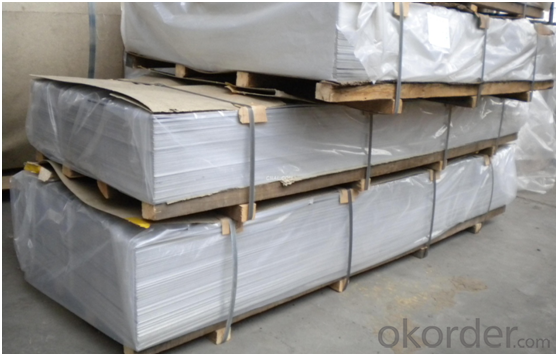

l Company Profile
CNBM International Corporation, China National Building Materials (Group) Corporation, is one of the largest companies in China building material & equipment industry, with 42,800 employees and sales in 2005 of US Dollar 4.395 billion. In 2006, China National Building Material Company Limited was listed on Hong Kong Stock Market with the stock code as 3323.
Aluminium treadplate is a popular product in CNBM. With best quality and service, we have won reputation around the world.
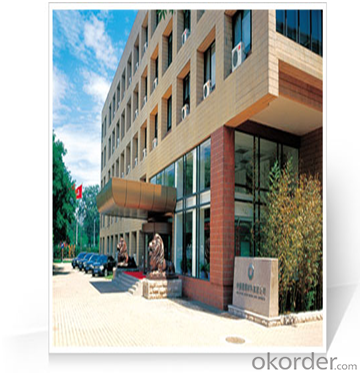
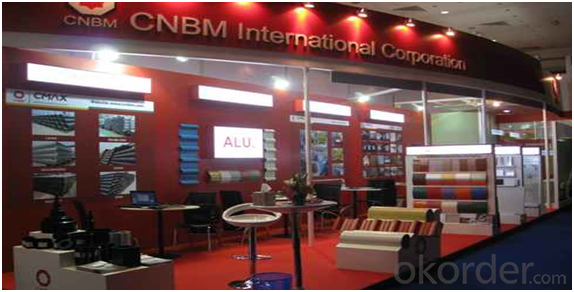
l CNBM World Wide
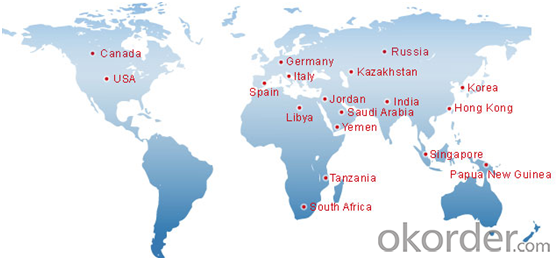
l Product Images and Application

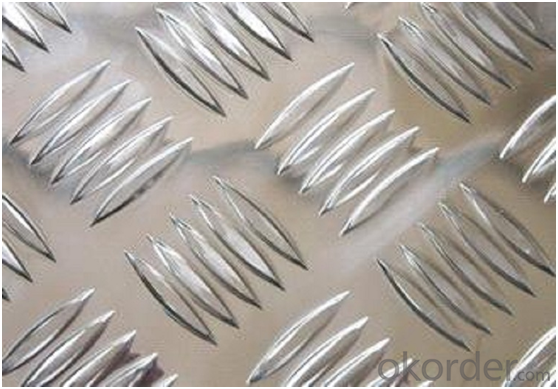
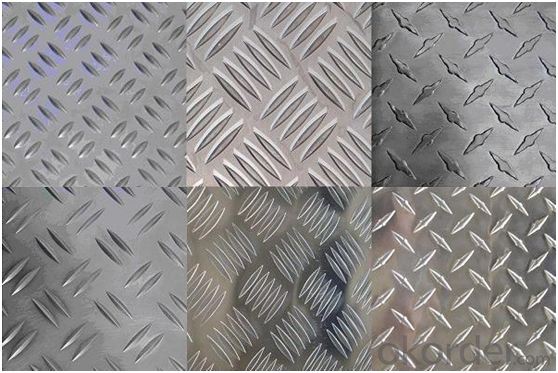
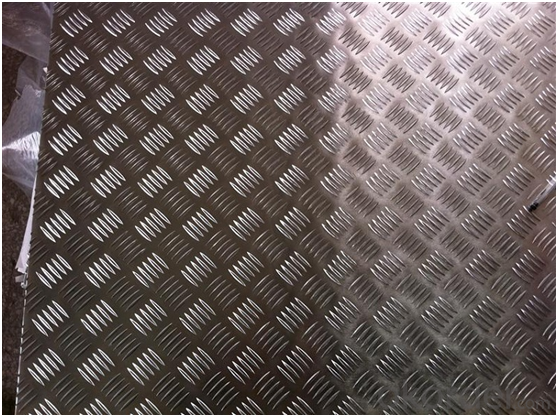
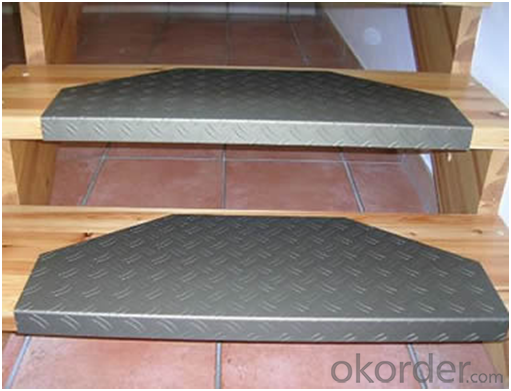

l Certificates
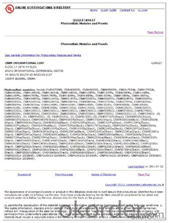

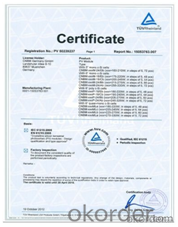
l FAQ
Q: Do you provide free samples?
A: Yes, free samples will be sent to you on freight at destination.
Q: Can I get your latest products catalogue?
A: Yes, it will be sent to you in no time.
Q: What is the MOQ?
A: 2.5 tons
Q: What are your payment terms?
A: We accept L/C, T/T.
- Q:1100 scope of application of aluminum plate
- 1100 aluminum plate is generally used in utensils, heat sink, caps, printing plates, building materials, heat exchanger components, but also can be used as deep stamping products. It is widely used in various fields ranging from cooking utensils to industrial equipment
- Q:How many molecules are in 1 square foot of aluminum foil?
- Since aluminum foil is an amalgamation of various metals you would first need to know the full chemical breakdown in order to determine how many molecules there are in a square foot of aluminum foil. That said, if your foil was 100% aluminum, you could determine the number of AL atoms by first determining the mass of the foil and dividing by the molecular weight of AL. Multiply that by 6.022 x 10^23 to determine the number of atoms.
- Q:Can aluminum sheets be used for chemical storage containers?
- Yes, aluminum sheets can be used for chemical storage containers. Aluminum is known for its excellent corrosion resistance, which makes it suitable for storing a wide range of chemicals. It is also lightweight, durable, and non-reactive with most substances, making it a popular choice for chemical storage applications. Additionally, aluminum is easily formed and fabricated into various shapes and sizes, allowing for customized container designs. However, it is important to consider the specific chemical being stored and consult with experts to ensure compatibility and safety.
- Q:Are aluminum sheets resistant to rust?
- Yes, aluminum sheets are highly resistant to rust. This is because aluminum naturally forms a protective oxide layer on its surface when exposed to air, which prevents further corrosion. Unlike iron or steel, which can rust when exposed to moisture and oxygen, aluminum does not require any additional coatings or treatments to protect it from rusting. This makes aluminum sheets a popular choice for a wide range of applications, including construction, automotive, and marine industries, where resistance to rust is essential.
- Q:The only materials i can use is iodine, water, HCl, magnet, and pH paper. How do you identify aluminum with that?
- To start with, are you refering to aluminum as metal, an aluminum compound, or a solution with aluminum present as ions? If it is metaallic aluminum, it won't stick to a magnet, and it will react with HCl, however this isn't sufficient to definately say it is aluminum, it would be better to get a density, melting point, etc.
- Q:Are the aluminum sheets suitable for automotive applications?
- Indeed, automotive applications can make use of aluminum sheets. Being a lightweight material with a high strength-to-weight ratio, aluminum proves to be an excellent choice for the automotive industry. Its attributes lend themselves well to this industry, offering numerous benefits such as enhanced fuel efficiency, improved handling, and increased performance. Furthermore, aluminum's resistance to corrosion is advantageous for automotive applications, as it contributes to the longevity of vehicles. Furthermore, aluminum sheets possess the ability to be easily shaped and molded into various forms, which grants automotive manufacturing greater design flexibility. In conclusion, the utilization of aluminum sheets in automotive applications has gained popularity due to their myriad advantages and their positive impact on vehicle performance and sustainability.
- Q:Which explains aluminum's resistance to corrosion? Any aluminum oxide that forms readily falls off the metal and exposes the corrosion-resistant metal. The aluminum oxide that forms adheres to the metal surface. The reduction half-reaction Al3+(aq) + 3e- ---gt; Al(s) occurs readily. The standard reduction potential for the Al3+/Al half-reaction is above the standard reduction potential for the O2/H2O half-reaction.
- the fourth one is correct the fourth statement tells us that aluminium is more reactive(it has higher electrode potential) so it cannot be displaced by 02/H20 which has lower electrode potential (which means it is less reactive)so less reactive cannot displace more reactive hope so it will help
- Q:Can aluminum sheets be anodized with custom colors?
- Yes, aluminum sheets can be anodized with custom colors. Anodizing is an electrochemical process that adds a protective oxide layer to the surface of aluminum, enhancing its durability and corrosion resistance. During the anodizing process, the aluminum sheet is immersed in an electrolytic solution and an electrical current is passed through it. This causes a controlled oxidation of the aluminum surface, creating a porous layer that can be dyed to achieve custom colors. By carefully selecting the dye, different shades and hues can be achieved, allowing for a wide range of custom color options. Additionally, anodized aluminum sheets can also be further processed with techniques such as laser engraving or printing to create unique designs and patterns, making them a versatile choice for various applications in industries like architecture, automotive, and electronics.
- Q:What is the typical modulus of elasticity for aluminum sheets?
- The typical modulus of elasticity for aluminum sheets is around 70 GPa (gigapascals) or 10 million psi (pounds per square inch). However, it is important to note that the modulus of elasticity can vary depending on the specific alloy and temper of the aluminum sheet.
- Q:What are the different finishes available for aluminum sheets?
- There are several different finishes available for aluminum sheets, each with its own unique characteristics and benefits. Some of the most common finishes include: 1. Mill finish: This is the most basic finish for aluminum sheets, characterized by a smooth, shiny surface. It is typically achieved by passing the aluminum through a rolling mill, leaving it with a natural appearance. Mill finish is often preferred for industrial applications where aesthetics are not a primary concern. 2. Anodized finish: Anodizing is an electrochemical process that adds a layer of oxide to the surface of the aluminum sheet, providing enhanced durability and corrosion resistance. Anodized finishes can range from clear to various colors, and they can also be dyed to achieve specific hues. 3. Brushed finish: This finish is achieved by brushing the aluminum sheet with abrasive materials, creating a pattern of fine lines on the surface. Brushed finishes offer a distinctive, textured appearance and are commonly used in architectural and decorative applications. 4. Polished finish: Polishing aluminum sheets involves buffing the surface to a high shine, resulting in a mirror-like, reflective finish. This finish is often chosen for decorative purposes, such as in interior design, automotive detailing, or jewelry making. 5. Embossed finish: Embossing involves creating raised patterns or designs on the surface of the aluminum sheet, adding texture and visual interest. It can be achieved through various methods, such as roll embossing or stamping, and is commonly used for decorative purposes or to improve grip on certain applications. 6. Powder-coated finish: Powder coating is a process where a dry powder is applied to the aluminum sheet and then cured under heat, creating a tough, durable, and attractive finish. Powder-coated finishes come in a wide range of colors and provide excellent resistance to fading, chipping, and scratching. These are just a few examples of the different finishes available for aluminum sheets. The choice of finish will depend on the specific requirements of the application, such as aesthetics, durability, and functionality.
1. Manufacturer Overview |
|
|---|---|
| Location | |
| Year Established | |
| Annual Output Value | |
| Main Markets | |
| Company Certifications | |
2. Manufacturer Certificates |
|
|---|---|
| a) Certification Name | |
| Range | |
| Reference | |
| Validity Period | |
3. Manufacturer Capability |
|
|---|---|
| a)Trade Capacity | |
| Nearest Port | |
| Export Percentage | |
| No.of Employees in Trade Department | |
| Language Spoken: | |
| b)Factory Information | |
| Factory Size: | |
| No. of Production Lines | |
| Contract Manufacturing | |
| Product Price Range | |
Send your message to us
Five Bar Aluminum Sheet / Treadplate (Embossed, Stucco Sheet)
- Loading Port:
- Shanghai
- Payment Terms:
- TT OR LC
- Min Order Qty:
- 2.5
- Supply Capability:
- 5000 m.t./month
OKorder Service Pledge
OKorder Financial Service
Similar products
New products
Hot products
Related keywords































